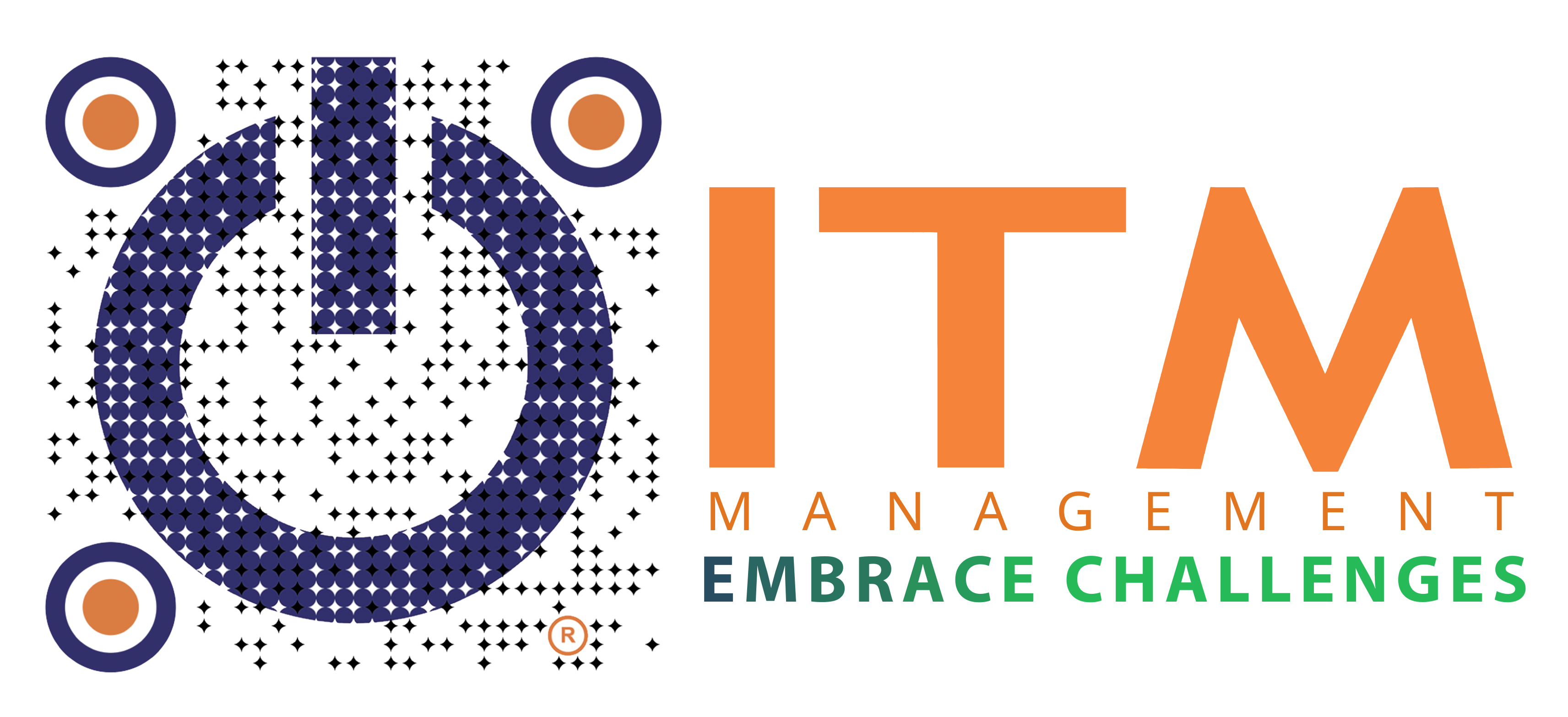Strong cybersecurity doesn’t start with firewalls or fancy tools it starts with awareness. When employees recognize that even a single click, login, or ignored alert can put the business at risk, they build the mindset needed to sustain safe digital habits. Awareness is the seed; consistent small actions are the roots that grow into long-term resilience.
Cyber incidents rarely begin with sophisticated hacks. More often, they come from small oversights: a phishing email left unreported, a forgotten account with active access, or a patch delayed “just one more day.” Over time, these little gaps accumulate into big vulnerabilities. The good news? By embedding simple, consistent habit logging activity, reviewing policies, automating updates, and encouraging open communication companies can protect themselves without slowing growth.
What separates a resilient company from a vulnerable one isn’t luck it’s the discipline of everyday awareness turned into repeatable habits.
Fostering a Cyber-Aware Communication Culture
Cybersecurity isn’t just about tools, it’s about behavior. Most breaches begin with simple human errors like ignoring a phishing email or failing to report a suspicious login. A culture where employees feel safe to share concerns and updates turns these small red flags into early warnings, making security a collective responsibility rather than IT’s job alone.
Encourage staff to immediately report suspicious emails, odd logins, or unusual system behavior. When everyone feels safe to speak up, small issues are caught before they escalate.
Build a habit of sharing relevant cybersecurity updates with colleagues. Even quick exchanges about new scams or recent incidents keep awareness fresh across the team.
Track phishing report rates, incident response times, and employee confidence levels. Use these metrics to refine training and communication.
Building a Digital Security Shield
One weak credential or unpatched server can cripple an entire operation. Building a shield means layering the essentials.
Require MFA across email, CRM, HR, and cloud apps. MFA blocks 99% of account takeovers, even when passwords leak.
Ban reuse, enforce 12+ character passphrases, and deploy company-wide password managers.
Replace unencrypted email attachments with encrypted file-sharing platforms. Use HTTPS/SSL to protect all customer-facing websites.
Follow the 3-2-1 rule: 3 copies, 2 media, 1 offsite (encrypted). Test restore quarterly.
Revisit password rules, access controls, and incident response playbooks every quarter to keep them current.
Practicing Quick Daily Security Hygiene
Cybersecurity habits don’t have to be complex simple daily actions help close gaps that attackers exploit.
Run a short antivirus or anti-malware scan at the end of the workday. Just a few minutes can detect infections early before they spread.
Pause – Think – Act before clicking on links or attachments. Hover over URLs to check legitimacy and report anything suspicious to IT.
Lock your screen whenever you leave your desk, even for a short moment, to prevent unauthorized access especially in shared or open workspaces.
- Windows: Press Windows + L
- Mac: Press Control + Command + Q
Enable auto-updates where possible, but also take 1–2 minutes daily to confirm critical patches installed correctly.
Real-Time Cyber Oversight
Even the strongest shield fails without vigilance. Real-time monitoring spots small anomalies before they turn into disasters. Consistently tracking and centralizing these small details turns them into early warning signals instead of overlooked threats.
Track login activity, network traffic, and system changes. Red flags include inactive accounts being used, spikes in outbound traffic, or unauthorized software installs.
Live dashboards show if credentials are abused from multiple locations or malware spreads across endpoints. They replace fragmented manual checks with actionable intelligence.
Automated alerts flag repeated failed logins, suspicious file transfers, or outdated software. Weekly reviews ensure nothing slips through.
Designing Flexible, Scalable Systems
As companies grow, complexity can create dangerous cracks. Scalable systems keep defenses effective without slowing momentum.
Use reusable workflows for access requests, incident reporting, and onboarding.
Overly complex systems encourage risky shortcuts. Streamline workflows (e.g., feedback escalation or support approvals) to remain usable while secure.
Mandate HTTPS on all websites and secure router configs (WPA3).
Keeping Security Policies Aligned with Evolving Threats
In a landscape where attackers constantly evolve tactics, businesses must ensure their security rules and response playbooks adapt just as quickly. Regular reviews and timely updates turn static documents into living defenses that keep pace with both new threats and regulatory shifts.
As threats like AI-driven phishing and ransomware emerge, organizations must update their policies accordingly. A structured process for identifying and assessing new threats is essential. Compliance changes, such as GDPR or HIPAA, also require immediate policy revisions to avoid penalties and maintain trust. Regular training helps staff understand these regulations.
Conducting IT audits quarterly or biannually is crucial for effective security policies. These audits identify gaps and areas for improvement, ensuring that security measures remain compliant and effective against emerging threats.
Conclusion: Small Actions, Strong Cyber Defense
What separates a resilient company from a vulnerable one isn’t luck it’s discipline. Small, repeatable habits like enabling MFA, locking screens, updating policies, and holding weekly awareness sessions compound into lasting resilience.
Ask yourself: If a phishing email or suspicious login hit today, would your team detect and stop it in time? Don’t leave that to chance.
With ITM’s cybersecurity solutions, you can embed smarter tracking, automation, and awareness into your daily routines turning small habits into your long-term advantage.
Don’t wait for oversights to become breaches. Start building smarter cybersecurity habits today.








